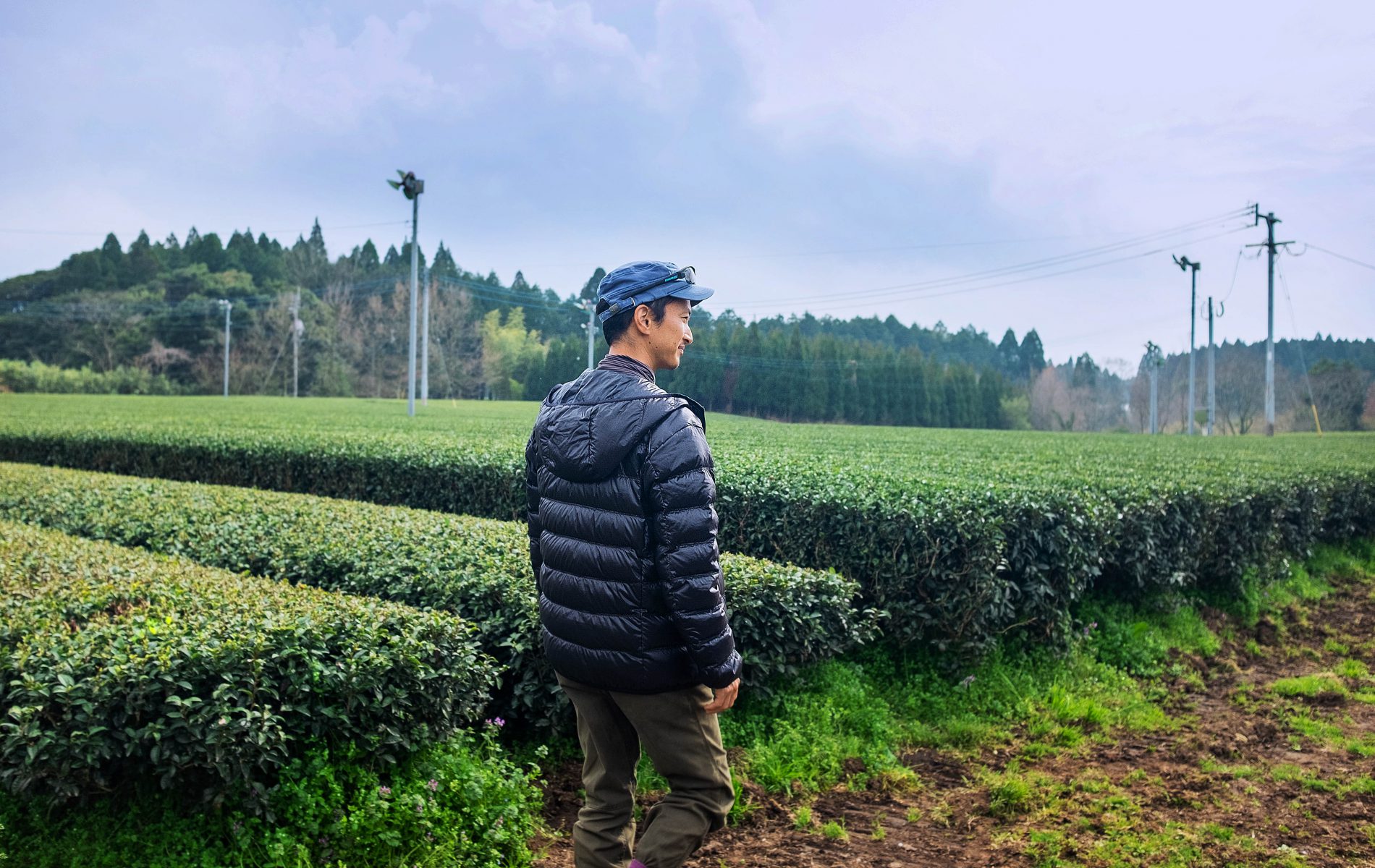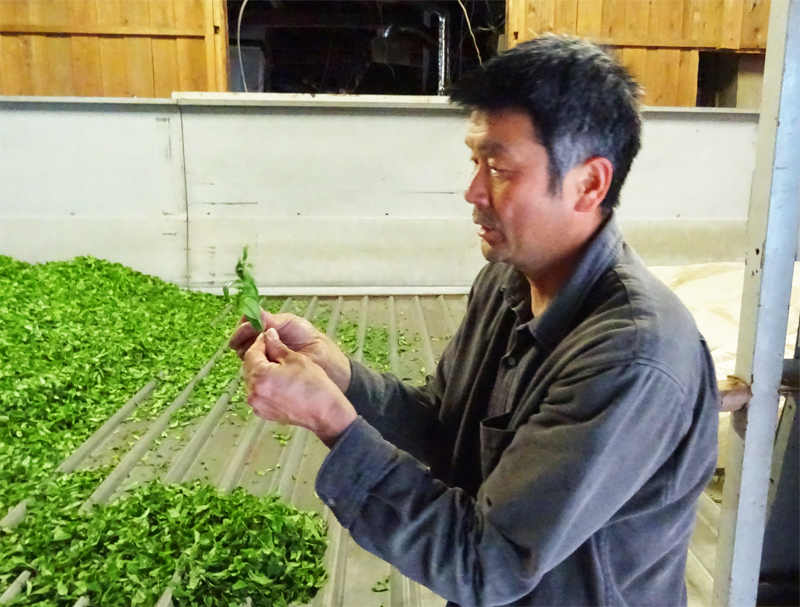Le meilleur du thé vert japonais
Le thé vert le plus raffiné et le plus riche en vitamines, sels minéraux, oligo-éléments... Les producteurs les plus recherchés se situent tout au Sud du Japon, sur la grande île de Kyushu.
Voir toute notre gamme de thé vert japonais, près de 50 références
Famille Morimoto : petit producteur de thé vert japonais
Mme Haruyo et Mr Shigeru Morimoto (Miyazaki, île Kyushu) : en Agriculture Biologique depuis plus de 40 ans !
Le Gabalong : thé vert santé riche en acide GABA
Ce thé vert japonais est vénéré dans toute l'Asie pour ses bienfaits sur la mémoire, la tension, l'activité intellectuelle, le sommeil, le stress...
Implantés près de Morlaix, en Bretagne
À votre service depuis 14 ans
Votre commande chouchoutée !
Livraison à votre domicile offerte dès 76€
Les produits de la ruche : un concentré de vitamines, minéraux, oligo-éléments, antiseptiques et antibiotiques 100% naturels
Yves Lagorce. La Madeleine, Nord
5/5
15/04/2024
Annie Le Strat
5/5
04/04/2024
Notre sélection parmi les nouveaux-thés :
Découvrez le thé vert japonais matcha en poudre
Le thé vert japonais par excellence, celui de la cérémonie du thé, riche en tradition et composés santé tels que des antioxydants
Propolis
Antibiotique et antiseptique naturel pour renforcer efficacement vos défenses immunitaires
Gelée royale
Renforce l'organisme, stimule le métabolisme et l'activité intellectuelle et ralentit le vieillissement cellulaire
Implantés près de Morlaix, en Bretagne
À votre service depuis 14 ans
Votre commande chouchoutée !
Livraison à votre domicile offerte dès 76€
Votre sécurité garantie
Le verrou qui apparaît à gauche de la barre d'adresse indique que le site est entièrement sécurisé par le cryptage SSL
14 ans à votre service
Située en Bretagne, près de Morlaix, 1001 TASSES est une entreprise à taille humaine et 100% française
Commandes chouchoutées !
La préparation de votre colis est effectuée avec le plus grand soin et les articles sont extrêmement bien protégés
Livraison à domicile
Expédition en Colissimo Suivi avec livraison en 48 Heures pour la France métropolitaine, Andorre et Monaco
Les plus belles théières japonaises :
Vanille Bourbon de Madagascar
Disponible en gousses entières, poudre, extrait naturel, graines et caviar
Découvrez le thé santé/minceur Pu Er & les bienfaits de la médecine traditionnelle indienne de l'Ayurvéda
Maison de thé...
1001 TASSES est une maison de thé spécialisée dans le thé vert japonais (plus de 50 références, dont beaucoup issues de l'Agriculture Biologique ou issues de Petits Producteurs du Sud du Japon). Vous découvrirez ainsi les fameux thé vert japonais Sencha, Gyokuro, Kabusecha et Matcha en poudre. Pour leur préparation, nous vous proposons toute une gamme de théières japonaise en fonte émaillée Iwachu ou Wazuqu ainsi que le fameux poêlon kyusu en terre cuite.
Riche en traditions, le thé incite au partage et à la découverte, à l'ouverture vers les autres et envers nous même : "On boit le thé pour oublier le bruit du monde" disait Maître T'ien Yi-Heng.
et produits de la ruche !
Spécialisée en produits sains, naturels et authentiques, 1001 TASSES vous propose avec le même niveau d'exigence une sélection unique de produits santé de l'apithérapie issu de la ruche : propolis à mâcher brute (un antiseptique et antibactérien), gelée royale pure fraîche issue de l'Agriculture Biologique (un complément alimentaire 100% naturel riche en vitamines, sels minéraux et oligo-éléments), pollen de fleurs en pelotes et bien sûr de délicieux miels dont le fameux miel de thym à nouveau disponible en Agriculture Biologique...
Notre adresse postale : 1001 TASSES, 12 ROUTE DE KERMENHIR, 29630 PLOUGASNOU, FRANCE.







